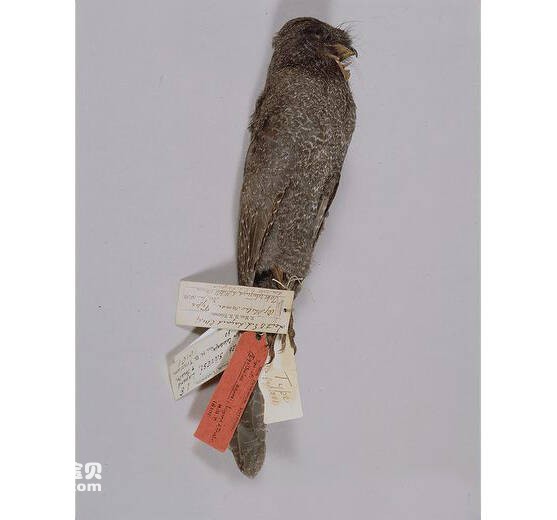Aegotheles savesi
IUCN
LCBasic Information
Scientific classification
- name:Aegotheles savesi
- Scientific Name:Aegotheles savesi,New Caled onian Owlet Nightjar
- Outline:Climbing birds
- Family:
Vital signs
- length:About 28 cm
- Weight:No textual research information is available
- lifetime:No textual research information is available
Feature
Known as the world's most elusive bird
Distribution and Habitat
The New Caledonia nymphorus is endemic to savannas and moist forests at altitudes of up to 800 meters.
Appearance
It is 28 cm long. It has taupe and black plumage, short oval wings, a slightly rounded tail, and long, stout legs. Their call is unknown, but it is believed to be a sound similar to whistles and trills. It is much larger than the Australian owlet-nightjar.
Details
Aegotheles savesi, also known as the New Caled onian Owlet Nightjar, is a large, critically endangered or possibly extinct species of owl (a bird related to the swift and the nighthawk) endemic to New Caledonia.

Shinji live on high ground and build their nests in tree holes, where they feed and sometimes attack small animals. It is unclear whether these habits apply to the Sinkali strigidae, as their legs are longer than other strigidae, so they are more likely to move on land.
At present, there are only two specimens collected in the 1990s and three observation reports, and very little is known about them. The two known specimens were collected in 1880 and 1915, and the type specimen was collected when a new Karee naked nose bird flew into a bedroom in the village of Tonghoue. The second specimen was found in an Italian museum. The most recent report was in 1998, when an owl was found feeding in a river valley. Between 1996 and 1998, there were reports of a bird similar to the new Kali naked nose. Many scholars still believe that some populations of the species still exist. In 2002 and 2007, researchers conducted several field trips to New Caledonia, but no sightings of the bird were found. It is estimated that there are only one to 49 new strigidae adults left in the wild.
Little is known about the New Kali nymphorus, but they are certainly threatened and their numbers are still declining. Their threat is unknown, they may be threatened by domestic cats and mice, and habitat destruction due to fire, logging and mining may also play a role in their decline. They are currently classified as critically endangered by the International Union for Conservation of Nature.
Protect wild animals and eliminate wild meat.
Maintaining ecological balance is everyone's responsibility!








